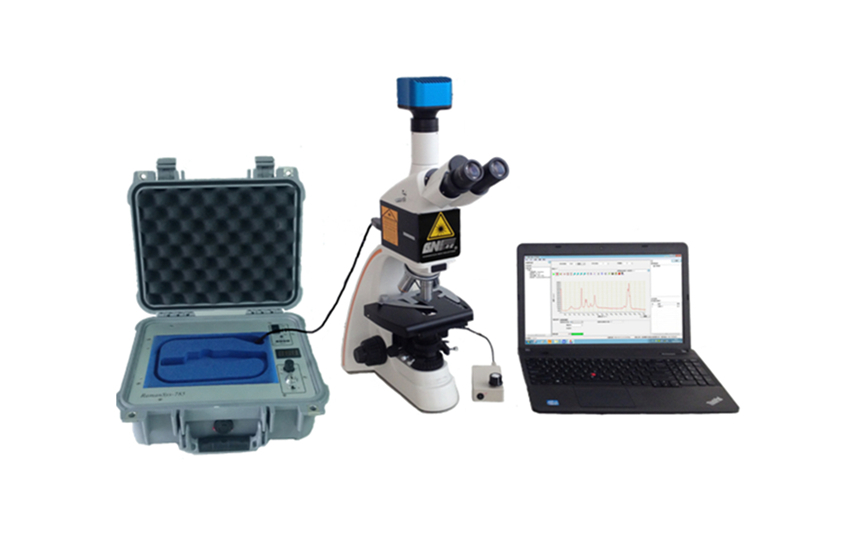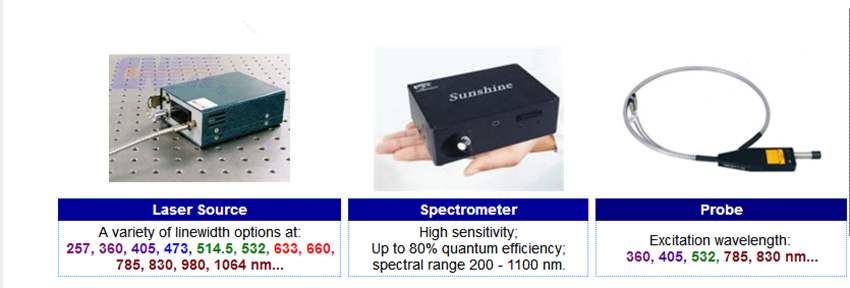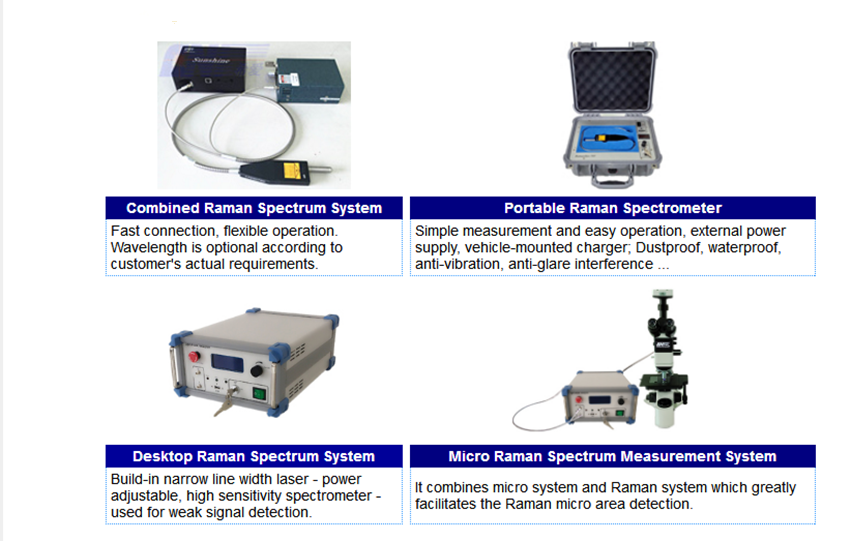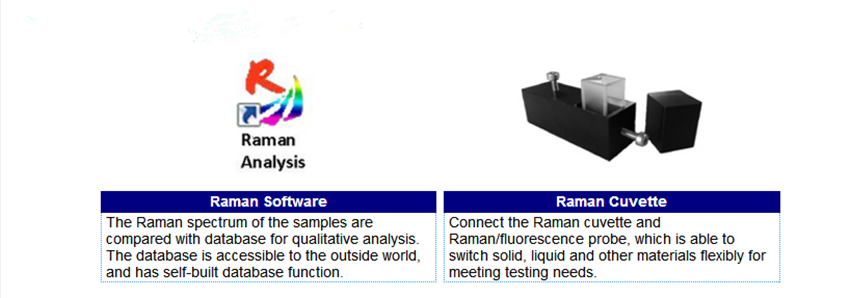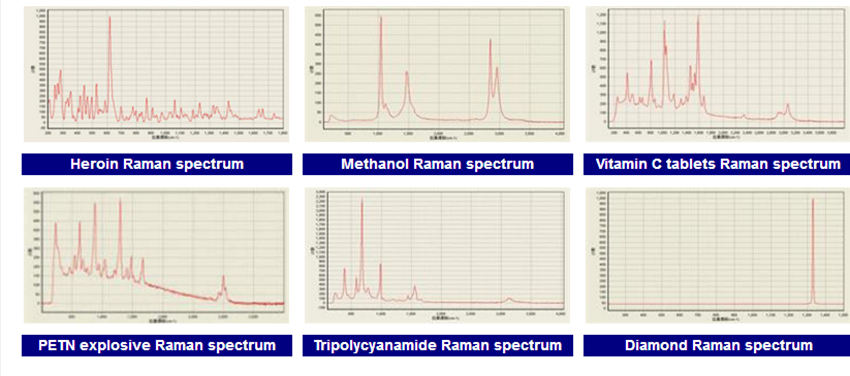English name: [Metallurgy]nonferrousmetals Definition: narrow non-ferrous metals, also known as non-ferrous metals, all metals except collectively iron, manganese, chromium. Generalized non-ferrous metals also include non-ferrous alloys. A non-ferrous alloy is an alloy composed of a non-ferrous metal (usually greater than 50%) added with one or more other elements. Type characteristics: Non-ferrous metals refer to all metals except iron, chromium and manganese. In 1958, China included iron, chromium and manganese as ferrous metals; and 64 metals other than iron, chromium and manganese were included in non-ferrous metals. The 64 non-ferrous metals including: aluminum, magnesium, potassium, sodium, calcium, strontium, barium, copper, lead, zinc, tin, cobalt, nickel, antimony, mercury, cadmium, bismuth, gold, silver, platinum, ruthenium, rhodium , palladium, osmium, iridium, beryllium, lithium, rubidium, cesium, titanium, zirconium, hafnium, vanadium, niobium, tantalum, tungsten, molybdenum, gallium, indium, thallium, germanium, rhenium, lanthanum, cerium, praseodymium, neodymium, samarium , europium, gadolinium, terbium, dysprosium, holmium, erbium, thulium, ytterbium, lutetium, scandium, yttrium, silicon, boron, selenium, tellurium, arsenic, thorium. Non-ferrous metal species Historically, the materials used in production tools have been continuously improved, and it has a close relationship with the development of human society. Therefore, historians used the material of artifacts to mark historical periods, such as the Stone Age, the Bronze Age, and the Iron Age. Eight kinds of non-ferrous metals were clearly recognized and applied by humans by the end of the 17th century. The Chinese nation has made significant contributions to the discovery and production of these non-ferrous metals (see Metallurgical History). After entering the 18th century, the rapid development of science and technology promoted the discovery of many new non-ferrous metals. Of the 64 non-ferrous metals mentioned above, 13 were discovered in the 18th century, except for the 8 types that were recognized before the 17th century. In the 19th century, 39 species were discovered. In the 20th century, four species were discovered. The strength and hardness of non-ferrous alloys are generally higher than those of pure metals. The electrical resistance is larger than that of pure metals and the temperature coefficient of resistance is small, which has good comprehensive mechanical properties. Commonly used non-ferrous alloys are aluminum alloys, copper alloys, magnesium alloys, nickel alloys, tin alloys, niobium alloys, titanium alloys, zinc alloys, molybdenum alloys, zirconium alloys, and the like. use: A: Copper in non-ferrous metals is one of the earliest metal materials used by humans. Modern, non-ferrous metals and their alloys have become indispensable structural materials and functional materials in the fields of machinery manufacturing, construction, electronics, aerospace and nuclear energy utilization. B: In practical applications, non-ferrous metals are usually divided into five categories: 1. Light metal. The density is less than 4500 kg / cubic meter, such as aluminum, magnesium, potassium, sodium, calcium, barium, strontium and the like. 2. Heavy metals. The density is more than 4500 kg / m3, such as copper, nickel, cobalt, lead, zinc, tin, antimony, bismuth, cadmium, mercury and the like. 3. Precious metals. The price is more expensive than common metals, the abundance of the crust is low, and the purification is difficult, such as gold, silver and platinum group metals. 4. Semi-metal. The property is between metal and non-metal, such as silicon, selenium, tellurium, arsenic, boron, and the like. 5. Rare metals. Including rare light metals such as lithium, cesium, cesium, etc.; Rare refractory metals such as titanium, zirconium, molybdenum, tungsten, etc.; Rarely dispersed metals such as gallium, indium, antimony, antimony, etc.; Rare earth metals such as lanthanum, cerium and lanthanide metals; Radioactive metals such as uranium and thorium in radium, thorium, thorium and alkaloid elements. Non-ferrous metals generally refer to all metals except iron (and sometimes manganese and chromium) and iron-based alloys. Non-ferrous metals can be divided into four categories: 1. Heavy metals: the general density is above 4.5g/cm3, such as copper, lead, zinc, etc.; 2. Light metal: low density (0.53 ~ 4.5g / cm3), chemically active, such as aluminum, magnesium and so on. 3. Precious metals: less content in the earth's crust, difficult to extract, high price, high density, stable chemical properties, such as gold, silver, platinum, etc.; 4. Rare metals: such as tungsten, molybdenum, niobium, lithium, antimony, uranium, etc.
Raman spectrum indicates the vibration and rotation information of the substance molecules. Different materials have different characteristic of spectrum from other materials--characteristic peak, which provides fingerprint spectrum for the substance characterization and identification. CNI launched Raman Spectrometer with the features of compact design, high resolution, high sensitivity, simple measurement and operation, can replace the old spectrophotometer and widely used in chemical and biological research, environmental science, jewelry appraisal, forensic appraisal, food/drug safety inspection, geological exploration and many other fields.
Composition of Raman Spectrometer
Raman Spectrometer Solution
Components & Accessories
Sample Raman Spectrum
Laser for Raman Spectroscopy,Diode Laser for Raman Spectroscopy,Raman Spectrometer,Laser Raman Spectrometer Changchun New Industries Optoelectronics Technology Co., Ltd. , https://www.lasersciences.com